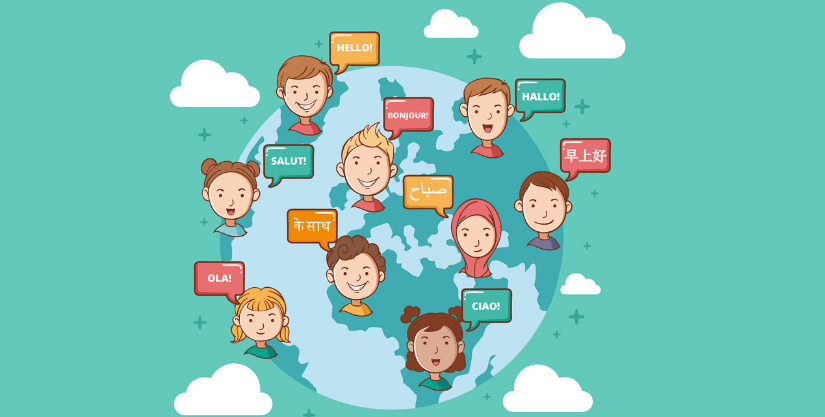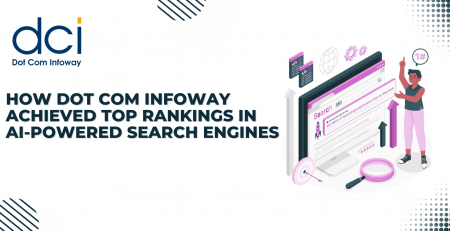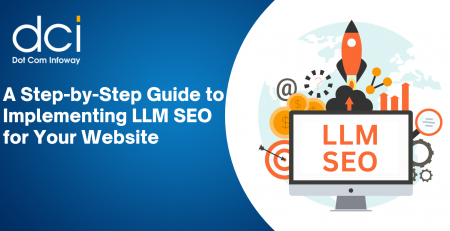How Do You Optimize Your Website for Native Languages?
Any seasoned SEO is quick to acknowledge the value of optimizing for more than one language. The sheer traffic volumes you can gain from worldwide traffic are just too massive for any savvy marketer to ignore. It’s not just a matter of thousands but millions. This is why this aspect of website optimization should be among the top – if not the main priorities – of many webmasters. Many Internet marketing agencies have followed multlingual SEO strategies to optimize the website for native languages.

That said, much like any SEO strategy, you need to learn how to do content localization properly. You have to ensure that your content stays true to and congruent with the language of your choosing. Most of the time, this makes investing in the proper and accurate translation of the original content nothing short of necessary. But that is just a brief rundown, to say the least.
One other undeniable benefit of doing content localization is that you do not need to make separate content for the language you are targeting. To learn more about how you can correctly optimize your website for native languages, take heed of the tips we have outlined here.
1. Have a Crystal-clear Decision Regarding What Language(s) You Will Be Targeting
This is important because not being sure of the language you will be targeting from the outset almost always results in half-hearted efforts that, in turn, leads to half-baked results. If your original content is in English, chances are, you will have a lot of international visitors as well.
You need to use your site’s analytics to pinpoint the countries that also happen to be major visitors to your site. Whether they speak Chinese, Hindi, French, or Spanish, once you know these visitors, it will be wise to prioritize their language for your content localization efforts.
Of course, this approach is more practical because it readily reveals the countries that show interest in your content and niche. However, this does not necessarily mean that you should limit yourself to visitors that are already showing up in your site’s analytics. You can always proactively search for other countries you can target, whose language you might also be more interested in targeting.
What’s the best tool to do this? Well, our top free recommendations include Google Adwords’s Keyword Planner and Google Translate. Using these tools, translate certain keywords and phrases that you are targeting then look up the monthly search volume and competition of each one. Chances are, you will get a clearer picture of what language to target by doing this. This can also be considered as part of your keyword research for your multilingual seo campaign or content localization.
2. Pinpoint All the Content That You Will Translate
There’s no need to translate every facet of your website for content localization. This is unless you can prove that every element, post, and page of your website is crucial to raising and maintaining the engagement of your target audience.
While it can be argued that consistency should be assured for every translation you do, you won’t have to do this on pages that aren’t really performing well or are generally obsolete. If your website is well-maintained and updated regularly, then, by all means, do not hesitate to translate them. It goes without saying that the ones that are top performers should be at the top of your list.
3. Look for an Excellent, Native-speaker Translator That Can Convey the Content Creator’s Message and Style Just as Well
Having an effective content forms just half of the equation for any web optimization done for the purpose of catering to a specific region better. The translator, who most certainly should be a native speaker of your chosen language, should also be equally competent in staying true to the content’s message. Not all content is executed in the same manner, after all.
This is why it’s better to consistently test how each translation will be received by the target audience. In certain cases, straightforward translations will do just fine. But, in others, the translator would have to figure out better words and phrases to mirror the effectiveness of the original content.

Looking to Boost Your Business Presence with SEO in Other Languages?
With our all in one SEO multilingual services, we help clients to develop relevant content that speaks to local audiences across the globe. Our services involve optimizing multilingual content to ensure you’re attracting traffic and encouraging conversions from local markets.
4. Decide Whether You Will Go for Multiple Top-level Domains, Subdomains, or Subfolders
Having a separate domain, assuming it is available, for your translated content has compelling advantages. For one, it makes it easier for you to organize your sites and manage them as well. It also immediately tells the search engine the language that the content is available in, which is always a good thing for SEO.
However, this certainly entails having more resources to invest in these dedicated domains. It can also be argued that this already enters the realm of multiregional SEO, as this, more or less, leads to you making the content for each language unique for the said audience. There’s no denying that this approach adheres more to what most would deem as true content localization, though.
The other alternatives, subfolders or subdomains, are arguably more cost-effective and saves more time as it does not pressure you to make design and content overhauls. Delegating your translated to subfolders ensures search engines will still view them as part of your original site; this is not the case for subdomains because Google regards them as separate sites altogether. This can have an immense impact on SEO. That said, like MTLDs, both have their own pros and cons.
5. Familiarize Yourself with Hreflang Tags and Utilize Them Properly. Also, Give the Visitor the Ability to Switch Languages
These tags are crucial for any kind of content localization, as they serve as a direct way for you to tell the search engine what language each page is written in. You need to learn how to add them properly on your homepage, for instance, which is undoubtedly one of the most important for SEO. These are mostly snippets of code that will determine which language it will display for the incoming visitor.
Don’t forget to make the option to easily switch between the languages your multilingual site is available in. In most cases, adding them to the header portion of your site will suffice to make them easily discoverable by the user.
Conclusion
Content localization should be done with as much care and effort when doing keyword research and the actual translation as doing standard SEO for your website. Likewise, you also have to dedicate a separate link-building campaign for the translated content. Think of it as starting out a new website, minus the challenge of creating unique content. Once you hit the bull’s eye, the traffic rewards are sure to flood in droves.















